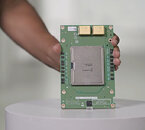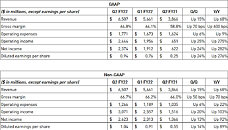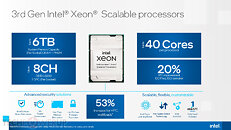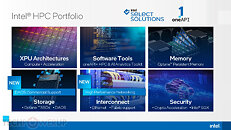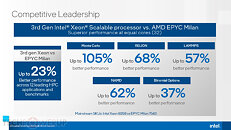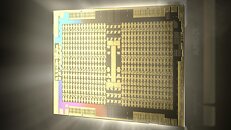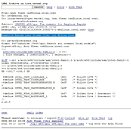
JEDEC Publishes Update to DDR5 SDRAM Standard Used in HPC Applications
JEDEC Solid State Technology Association, the global leader in standards development for the microelectronics industry, today announced publication of the JESD79-5A DDR5 SDRAM standard. This update to the JEDEC DDR5 SDRAM standard includes features designed to enhance reliability and performance in a wide range of applications involving client systems and high-performance servers. JESD79-5A is now available for download from the JEDEC website.
Added features designed to meet industry demand for improved system reliability include bounded fault error-correction support, Soft Post-Package Repair (sPPR) undo and lock, Memory Built-In Self-Test Post Package Repair (MBIST and mPPR), Adaptive RFM, and an MR4 extension. JESD79-5A expands the timing definition and transfer speed of DDR5 up to 6400 MT/s for DRAM core timings and 5600 MT/s for IO AC timings to enable the industry to build an ecosystem up to 5600 MT/s. The nomenclature for core timing parameters and their respective definitions has been revamped to closely align with the upcoming JEDEC JESD400-5 DDR5 Serial Presence Detect (SPD) Contents V1.0 standard. The document can be accessed here.
Added features designed to meet industry demand for improved system reliability include bounded fault error-correction support, Soft Post-Package Repair (sPPR) undo and lock, Memory Built-In Self-Test Post Package Repair (MBIST and mPPR), Adaptive RFM, and an MR4 extension. JESD79-5A expands the timing definition and transfer speed of DDR5 up to 6400 MT/s for DRAM core timings and 5600 MT/s for IO AC timings to enable the industry to build an ecosystem up to 5600 MT/s. The nomenclature for core timing parameters and their respective definitions has been revamped to closely align with the upcoming JEDEC JESD400-5 DDR5 Serial Presence Detect (SPD) Contents V1.0 standard. The document can be accessed here.


















